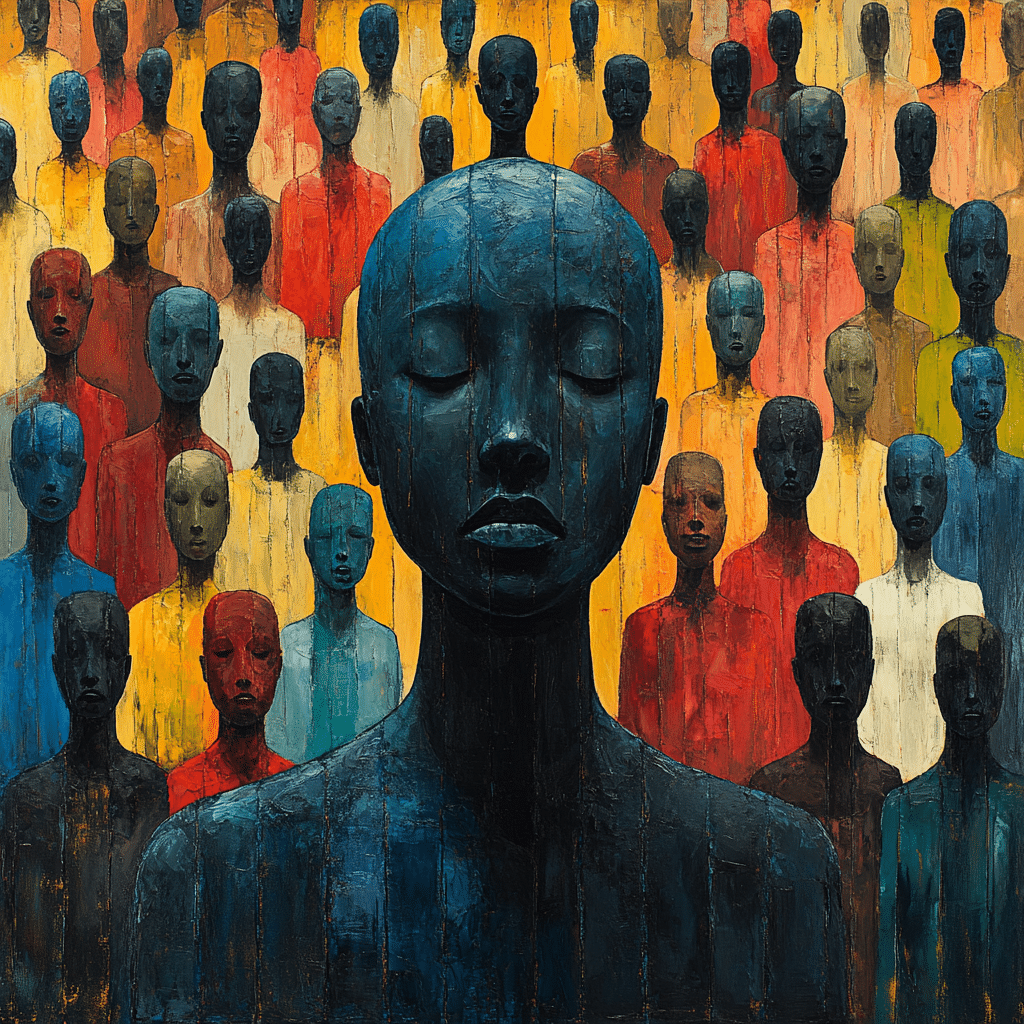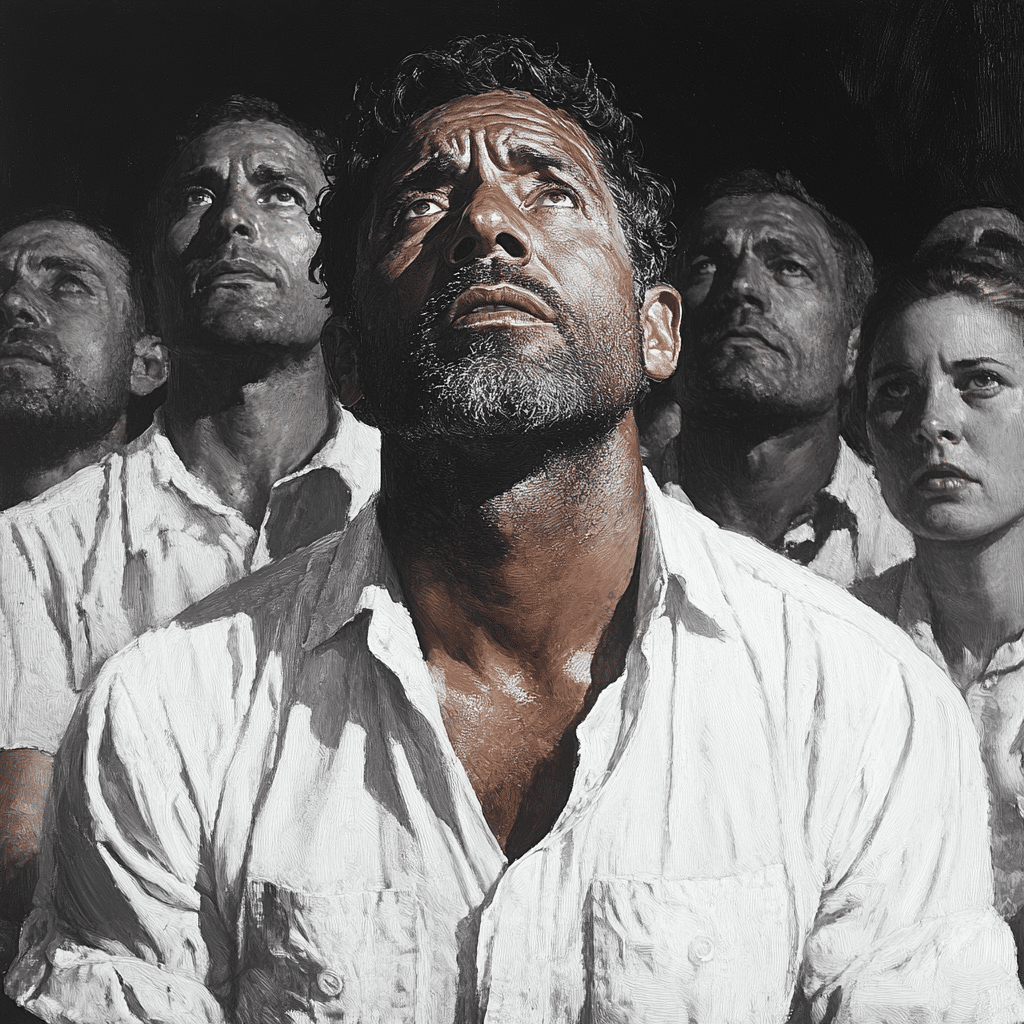Overt discrimination is a term that might get tossed around a lot these days, but it’s vital to grasp its real-world implications. Understanding overt discrimination is crucial, especially when it influences various facets of our society. This blatant form of discrimination manifests through actions taken against individuals or groups based on their race, gender, age, or sexual orientation. Unlike systemic discrimination, which can stealthily seep into policies and practices, overt discrimination stands out like a sore thumb. It’s the loudest voice in the room, and oh boy, does it have a lasting impact!
Let’s dive into some hard-hitting examples of overt discrimination—ones that strike chords in the real world. From hiring practices in well-known companies to the barriers in housing, education, and health sectors, overt discrimination doesn’t merely affect a few individuals; it reshapes society at large.

What is Overt Discrimination? A Deep Dive into Its Definition
When we talk about overt discrimination, we’re digging into clear-cut actions that are hard to ignore. Whether it’s discriminatory remarks in a workplace or refusing service in a restaurant based on someone’s identity, overt discrimination leaves little room for ambiguity. A good illustration comes from the fast-food chain Chick-fil-A, as its founders openly stated their disapproval of same-sex marriage. People in the LGBTQ+ community often feel unwelcome in such environments, showing just how actions can reverberate beyond personal choices and affect community dynamics.
Discrimination doesn’t just stop at businesses; it infiltrates various sectors, marking its territory in schools and healthcare settings. Education plays a pivotal role in determining someone’s trajectory in life. When discrimination sneaks into schools, it can create an unfair playing field for students.

The Unforgiving Impacts of Overt Discrimination: Top 7 Real-World Examples
The Ripple Effect: How Overt Discrimination Shapes Society
The impact of overt discrimination stretches far and wide, leading to societal repercussions that ripple through various community layers. Individuals grappling with overt discrimination often suffer from low self-esteem and mental health challenges. These issues hinder achievements in academic and professional settings, which is something all aspiring professionals should take seriously.
Communities bearing the brunt of overt discrimination often fall into cycles of poverty and deprivation. When systemic barriers keep talented individuals from thriving, entire communities miss out on valuable contributions. The financial repercussions can be staggering; companies that ignore inclusivity often find themselves sidelined in the race for talent and innovation.
Let’s not forget how overt discrimination affects cultural dynamics. It breeds division, feeding narratives of “us versus them” that lead to social discord. The aftermath is evident; it cultivates distrust in institutions that should uplift every individual. Tackling overt discrimination requires collective empathy, advocacy, and a steadfast commitment to fostering an inclusive society.
As we head into 2024, addressing overt discrimination remains ever-critical. What’s essential is collective action—education, advocacy, and policy change can help us dismantle these harmful structures. Recognizing the implications of overt discrimination is not just about understanding; it’s about stepping up and committing to a more equitable future for everyone.
The journey to create a more inclusive environment is long, but when we come together, the potential for transformation is tremendous. Let’s strive to be part of the solution, championing inclusivity and celebrating our diversity!
By recognizing overt discrimination and actively working against it, society can become a place where every individual feels valued. It’s high time we elevate our voices and contribute to a world where everyone can thrive regardless of their identity. So let’s hold ourselves accountable and make a concerted effort to ensure fairness in all aspects of life, from employment to healthcare, housing, and beyond.
Overt Discrimination: Trivia and Insights
The Impact and Reach of Overt Discrimination
Did you know that overt discrimination has deep roots in our history? It’s not just a present-day issue; it’s been shaping societies for centuries. In the U.S., policies like redlining systematically excluded minorities from homeownership, leading many to wonder, “How can I get This question highlights the lingering effects of past injustices, visible in current economic disparities. Interestingly, if we look outside the U.S., similar patterns can be observed—like in Europe—where overt discrimination has influenced people’s housing opportunities.
Speaking of housing, another key point is shared equity. This concept allows homeowners to share their property value with investors, potentially leveling the playing field for those affected by systemic biases. It’s a smart approach that might help counterbalance the historical wrongs associated with overt discrimination. Let’s not forget that even the weather can play its part! For instance, Miami weather in October can influence homebuying choices, as many folks prefer to house hunt in more pleasant climates.
Current Affects and Cultural Reflections
Now, you might be saying, “So what’s up with pop culture?” Well, overt discrimination also finds its way into media and entertainment. A striking example is the ongoing conversation about individuals like Brian Laundrie, who, amid an unfortunate incident, sparked discussions about privilege and systemic bias. Often, this exposure raises awareness about how society views different groups—something we can all learn from.
On a more enlightening note, financial institutions play a crucial role in either perpetuating or alleviating inequality. For instance, growing up in a household where Wells Fargo is down could limit access to resources, which often reflects broader systemic issues. Rates from institutions like Veterans United also underscore disparities—offering unique financing options, yet still influenced by the legacies of overt discrimination in lending practices. And who could overlook the importance of understanding if APR and interest rate are the same? Knowledge in these areas can empower individuals to make better choices in their financial journeys.
As we navigate these conversations, let’s not forget the voices that often get overlooked. Artists and creators, like Skyy Black, tackle themes of discrimination, giving us a window into lived experiences that statistics can’t capture.
Together, these elements show just how pervasive and impactful overt discrimination is—it’s interwoven into our social fabric and daily lives, reminding us why tackling it head-on is crucial for a brighter future.




